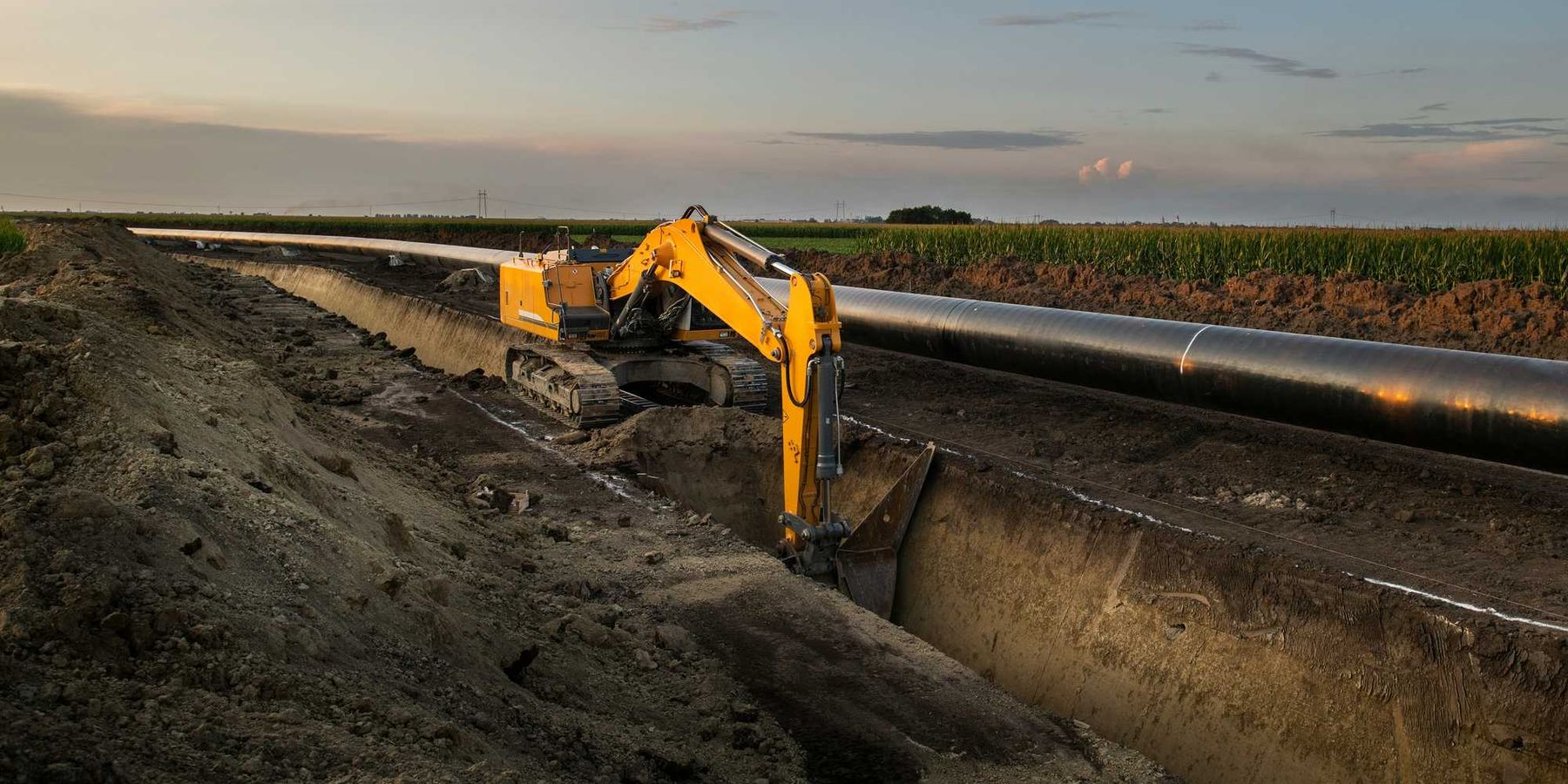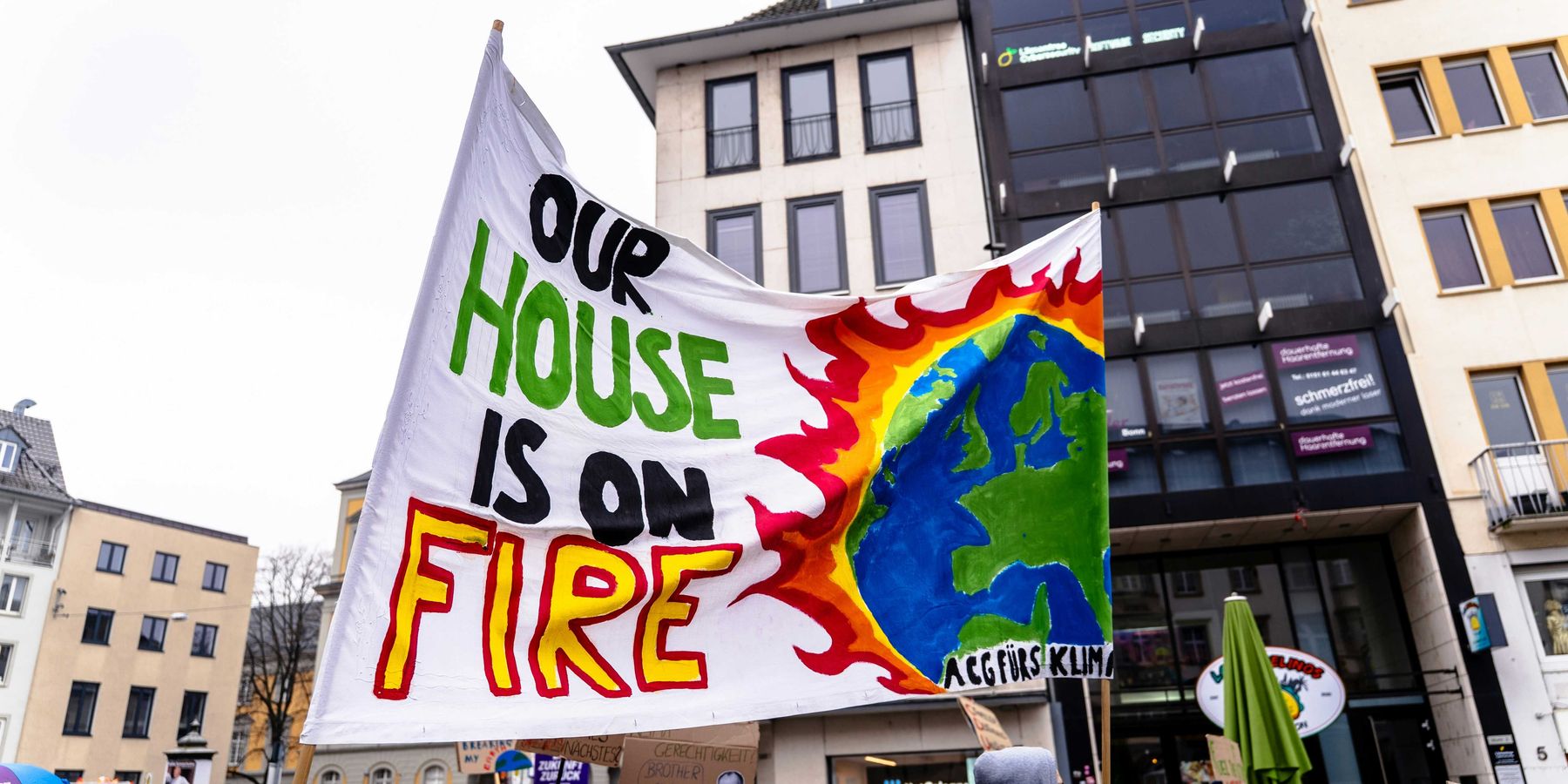Earth is now expected to cross 1.5°C warming by 2027, WMO warns
The world is on track to breach the 1.5 degrees Celsius warming limit set in the Paris Agreement within the next two years, according to a new report from the World Meteorological Organization (WMO).
Shannon Osaka reports for The Washington Post.
In short:
- The WMO projects that the global average temperature will exceed 1.5°C above preindustrial levels by 2027, a full decade earlier than previously predicted, due to record-breaking heat and ongoing greenhouse gas emissions.
- The shift is driven by compounding factors: stronger El Niño events, declining air pollution that had temporarily cooled the planet, and limited progress in reducing fossil fuel dependence despite the rise of renewables.
- Scientists warn that sustained warming at this level could trigger irreversible climate tipping points, including the collapse of coral reefs and melting of polar ice, putting new pressure on policymakers to adjust global climate goals.
Key quote:
“There is no way, barring geoengineering, to prevent global temperatures from going over 1.5 degrees.”
— Zeke Hausfather, climate scientist and climate research lead at Stripe
Why this matters:
Passing the 1.5°C mark has serious consequences. At this level of warming, scientists expect more extreme and frequent weather events, including severe heat waves, crop failures, and ecosystem collapses. Coral reefs, already under stress, face near-total extinction. Polar ice loss could accelerate sea-level rise, putting coastal cities and small island nations at risk. Infectious diseases spread more readily in warmer conditions, and heat-related health problems multiply, especially in already vulnerable communities. Although the world agreed to try to limit warming below this threshold in 2015 at COP21 in Paris, fossil fuel emissions have continued largely unabated, and the energy transition remains too slow. The WMO’s new timeline pulls the future into the present, showing that climate change is no longer a distant threat — it’s here now, and speeding up. It will likely reshape global economies, health systems, and geopolitics in unpredictable and dangerous ways.
Read more: Global temperatures are likely to keep climbing as forecasters predict more record-breaking heat













